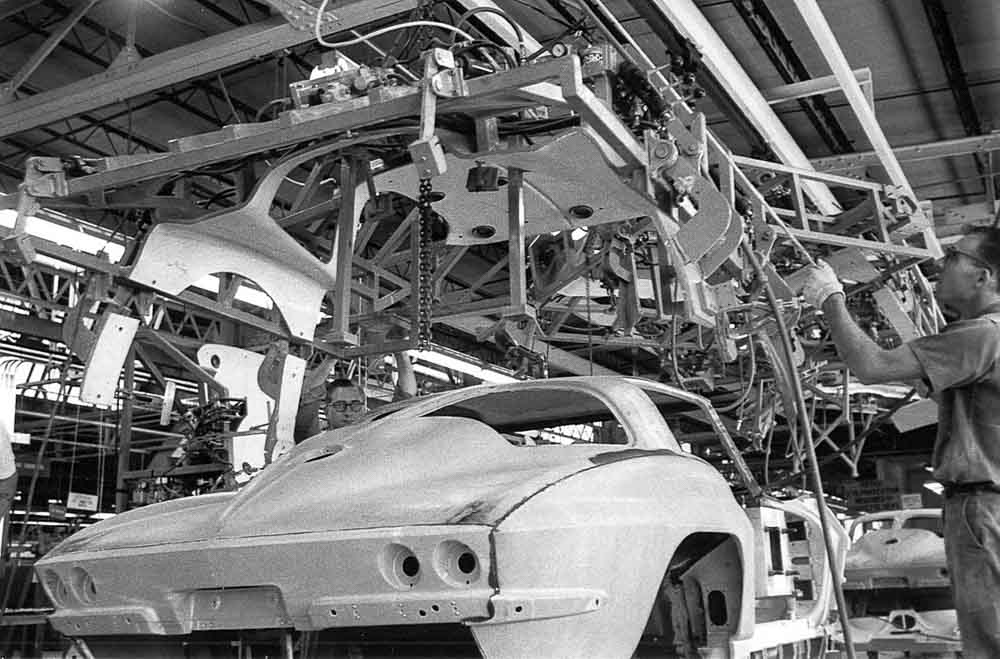Last night some friends and I were trying to remember what we had read about the OD of the paint buffing pads that were used on the C2 production line. My recollection is 8”. But my recollection is getting less reliable year by year. Does anyone know of a posting by an authoritative individual, such as John Hinckley, in which the pad diameter is given? I spent an hour this morning searching thru many dozens of postings, but I could find any mention of the pad diameter. I know it’s in the archives somewhere, but for the life of me I can’t find it.
Thanks,
Gary
Thanks,
Gary

Comment